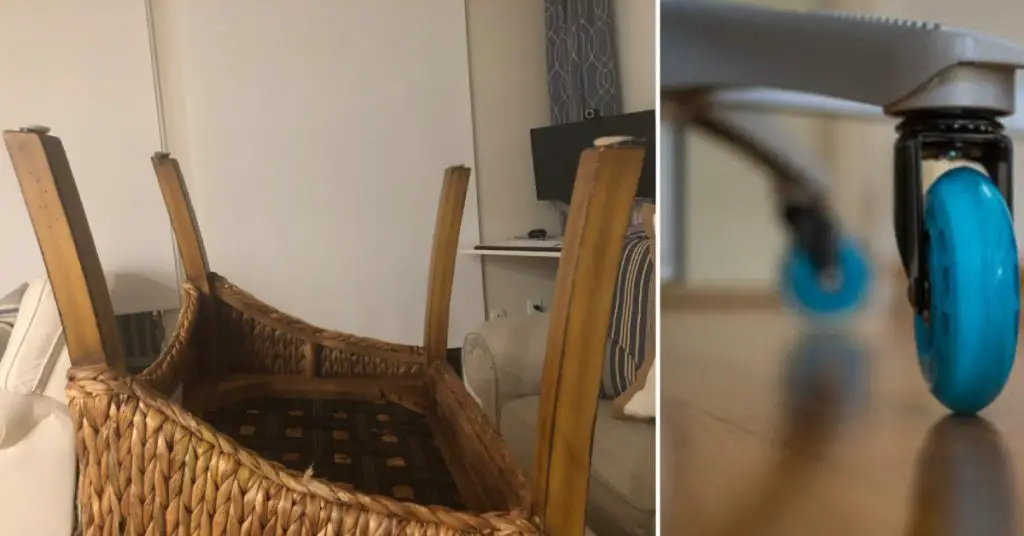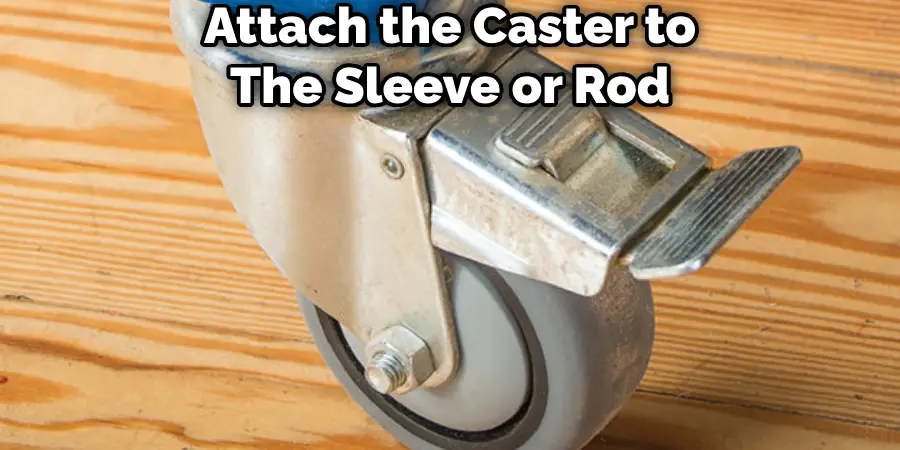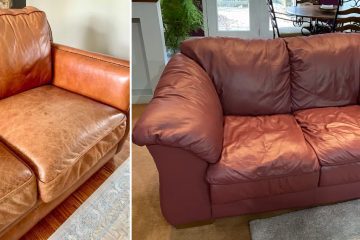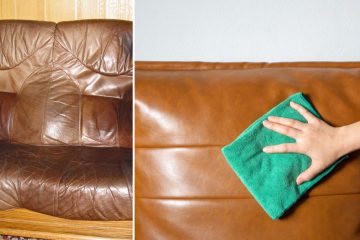Are you tired of struggling to move your chair around your workspace? Do you find yourself constantly readjusting your position to find the perfect spot? Adding wheels to your chair can be a game-changer, providing you with enhanced mobility and comfort. In this comprehensive guide, we will explore different methods and techniques for how to add wheels to a chair, whether it’s a wood chair, a wingback chair, or an accent chair. Get ready to transform your chair into a versatile and functional piece of furniture!

3 Assessing Points for Your Chair’s Suitability for Wheel Installation
Before diving into adding wheels to your chair, it’s crucial to evaluate its suitability for modification. Not all chairs are compatible with wheel installation, so it’s important to consider a few key factors:
1. Chair Leg Sturdiness and Width
Check the sturdiness of your chair legs to ensure they can support the weight and movement that the wheels provide. Ideally, the legs should be substantial, capable of withstanding the additional pressure exerted by the wheels. Additionally, the legs should be at least 2 inches wide to provide stability and prevent wobbling.
2. Leg Design and Angle
Examine the design and angle of the chair legs. Some chairs may have angled or non-square legs, which can complicate the process of attaching casters. Take note of any leg shape or angle irregularities, as they may require special considerations during the wheel installation process.
3. Weight Capacity
Consider the weight capacity of your chosen casters. Ensure that the casters you select can handle the combined weight of the chair itself and the person sitting in it. The manufacturer usually provides this information and should be taken into account to ensure safety and durability.
3 Effective Methods for How to Add Wheels to a Chair
Once you have determined the suitability of your chair for wheel installation, it’s time to explore various methods to add wheels. The specific method you choose will depend on the type of chair you have and your personal preferences. Here are three common approaches:
1. Grip-Ring Post Casters
Grip-ring post casters are an excellent option for chairs with wooden legs. These casters feature a metal stem with a grip ring or threaded rod that is inserted into the chair leg. Follow these steps to add grip-ring post casters:
- Turn your chair upside down and remove any caps or existing hardware from the bottom of the legs.
- Measure the depth of the chair leg and select a drill bit of appropriate size.
- Drill a hole into the center of each leg, making sure not to exceed the leg’s depth.
- Insert the grip-ring sleeve or threaded rod into the hole, securing it with a rubber mallet if necessary.
- Attach the caster to the sleeve or rod, ensuring a secure fit.

2. Threaded Stem Casters
Threaded stem casters are suitable for chairs with legs that can accommodate a threaded nut sleeve. These casters have a threaded rod that is matched with a nut sleeve for stability. Follow these steps to add threaded stem casters:
- Flip your chair upside down and remove any caps or existing hardware from the bottom of the legs.
- Measure the depth of the chair leg and select a drill bit of appropriate size.
- Drill a hole into the center of each leg, ensuring it matches the size of the nut sleeve.
- Insert the nut sleeve into the hole, using a rubber mallet to secure it firmly.
- Twist the caster’s threaded rod into the nut sleeve until it reaches maximum resistance.
3. Screw-On Plate Casters
Screw-on plate casters are a versatile option that can be used on a variety of chairs. These casters feature a plate that is screwed directly onto the bottom of the chair legs. Follow these steps to add screw-on plate casters:
- Flip your chair upside down and remove any caps or existing hardware from the bottom of the legs.
- Measure the plate dimensions of the casters and mark the corresponding positions on the bottom of each leg.
- Use a power drill to create pilot holes for the screws, ensuring they are deep enough to provide a secure fit.
- Align the plate of each caster with the marked positions and screw them in tightly.
- Test the chair’s mobility and adjust the casters if necessary.

Conclusion: Enjoy the Benefits of a Mobile Chair
Adding wheels to a chair can revolutionize your workspace, offering convenience, mobility, and improved comfort. Whether you have a wood chair, a wingback chair, or an accent chair, there are various methods for how to add wheels to a chair to suit your needs. By assessing your chair’s suitability, selecting the appropriate casters, and following the correct installation process, you can transform your chair into a versatile piece of furniture that enhances your productivity and overall well-being. So, go ahead and give your chair the upgrade it deserves – you won’t regret it!


